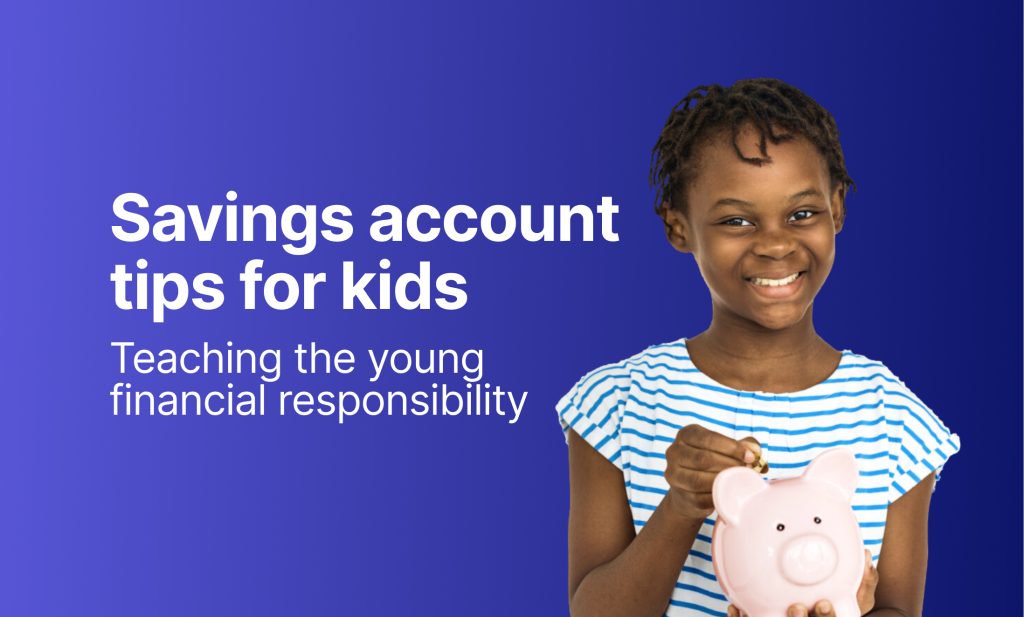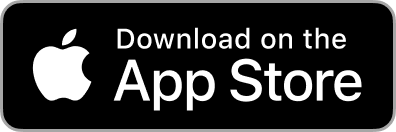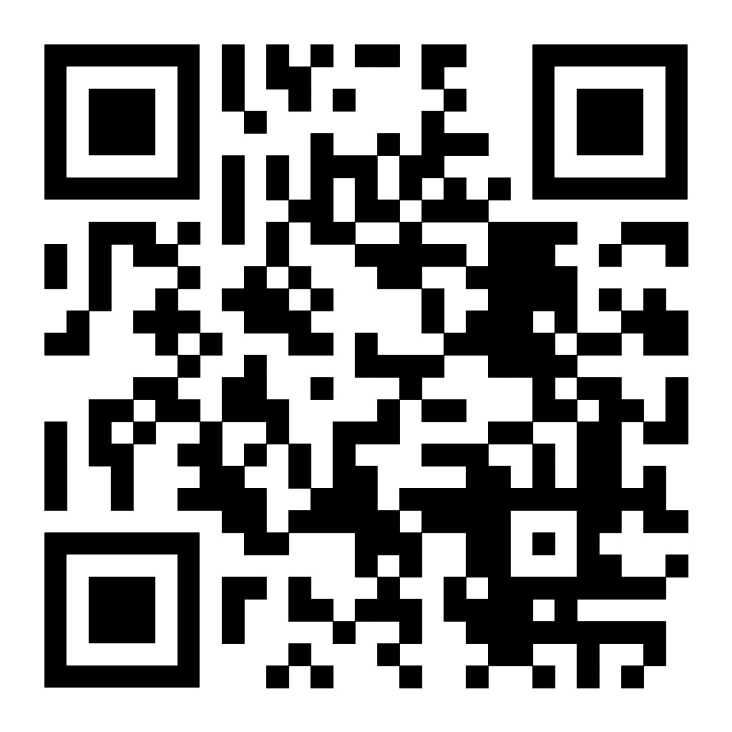Whether we like it or not, the Gen Z workforce has disrupted how we do business. They have been a significant factor in the growth of co-working. They have pressured companies to make their values and environmental, sustainability, and governance (ESG) credentials the centrepiece of their brand identities and to end the stigmatising taboos around workplace concerns like diversity and inclusion, mental health, and wellbeing.
But just as businesses are learning to deal with the demands and preferences of their millennial workforce, a new generation, known as Generation Z, is set to upend everything once more. The era known as “Gen Z” was born between 1997 and 2012. These individuals are entrepreneurial digital natives who are only now reaching the working age. A business leader’s top priority should be luring the most talented members of this generation, who will make up 32% of the world’s population by the end of this year.
They live in a more connected world than any preceding generation because they were born into the mobile age. They seldom make voice calls on their smartphone and have never experienced a busy signal.
However, the generational divides go beyond technology. Gen Z has strong values, including support for those who struggle with social and economic hurdles and care for the environment, according to a study from Stanford University. They demand honesty and integrity from the businesses they patronise, and they require it much more from the organisations where they find employment.
Leaders in the banking and finance industries are particularly affected by this. They have had a famously difficult time recruiting millennial talent over the previous ten years. According to The Financial Times, there were 22% fewer young individuals looking for jobs in the banking sector between 2008 and 2018. Instead, IT businesses have been luring bright graduates with significant wages and promising to build a better, more connected society.
Many millennials who began their careers in finance were later drawn to digital businesses for their mission-driven work as well as their more creative and adaptable work environments, according to a Kronos survey.
Banks have put a lot of effort into winning back the millennial generation’s favour by implementing more flexible work policies and committing to more environmentally friendly corporate practices.
What Is The Outlook Of Gen Z Workplace?
Although Gen Zers enjoy working cooperatively with their coworkers, they are prepared to assume responsibility for their duties. Unexpectedly, they prefer face-to-face contact over online ones, indicating that a hybrid workplace will be more appealing to them than one that is entirely remote.
Gen Z workforce will likely take ownership of their roles once they understand their fundamentals. If given some latitude, they will devise creative solutions to finish their work because they are pragmatists and self-starters. While encouraging and challenging employees to explore more efficient work methods is likely to boost productivity and decrease attrition, strict supervision is expected to be unwelcoming.
Gen Z is aware that failure is frequently a part of the process after watching Millennials rush to launch startups with varied results. As a result, they might be less risk-averse than earlier generations. They are, therefore, well suited to an agile workplace because they understand that the key to long-term success is learning from mistakes.
A bank might be less of an entity and more of a notion for Gen Z. Their universe is not divided by branches and apps, incumbents, or other categories. They will be the generation confident in bringing commercial banking into the social media space, the metaverse, the cryptocurrency markets, and whatever else develops over the next 30 years.
How Can Banks Embrace The Gen Z Workforce?
1. Modernise Workplace Communication And Collaboration
These businesses urgently need to make investments in modernising staff collaboration and communication. All members of Gen Z were born after the internet became widely available, making them the first generation that was entirely accepted into the digital age. When you look at the most popular apps among young people, you can see that connecting across various platforms is second nature. Over 92% of people have a digital footprint. Gen Z interacts with one another through instant, multi-channel, multi-format communication, whether it is through Slack, Teams, WhatsApp, Instagram, or TikTok. They will also want this in their working environment.
In the banking sector, there has already been a lot of innovation. Collaboration tools, driven by Slack, have made a more dynamic working style more common. Employees can access various productivity-enhancing tools, including Zoom and Microsoft Teams. These enable them to collaborate in a way that satisfies both the requirements of the modern workplace and how younger people naturally interact. Banks and businesses in highly regulated sectors, however, have not fully utilised these technologies.
Most people attribute this to worries about compliance risk. Imagine that a regulator launched an inquiry and asked a bank to review every correspondence between a group of employees over six months. The use of email alone to accomplish this can be problematic. However, this work might appear to be insurmountable if that bank permitted its staff to additionally communicate via Microsoft Teams, WhatsApp, Slack, and mobile phones. Companies must record all of this data and ensure that emojis, GIFs, photographs, voice notes, and videos are all registered in a way that might give the regulators conducting the investigation enough context.
Banks have avoided fully utilising collaborative technologies that boost productivity and other new forms of communication. As a result, to reduce risk. In the most important financial institutions on earth, email continues to rule. Even though some uses of these tools are now commonplace, many in the industry still consider instant, multi-format, and multi-channel communication to be a pipe dream.
2. Implement a Solution To Capture And Archives Modern Communications
The problem here is that banks are allowing less regulated industries to overtake them. These businesses are passing on the significant advantages that the newest communication and collaboration technologies may provide by neglecting to find a solution. Additionally, they are targeting Gen Z only.
Meanwhile, there are connection suites that enable businesses to not only collect data from widely used corporate communication channels but also to store it in its original format. They may now examine their information through a single pane of glass with enough context to wholly and swiftly meet regulatory reporting standards. Additionally, it assures businesses that their staff members are using these products compliantly and reaping the maximum productivity benefits.
Communication solution provider ensures banks, financial services organisations, and businesses operating in highly regulated sectors can use the most cutting-edge communications and collaboration solutions to boost productivity while lowering compliance risk. Most significantly, it will enable these businesses to develop work event that will draw in the following generation of brilliant workers. A generation that unquestionably will bring with them a new wave of innovation and enhanced productivity.
3. Proactive Approach To ESG Issues
For Gen Z, having a positive impact on society is expected and making a difference in the world is crucial. It should be easier to recruit new employees to positions at your financial institution if you highlight opportunities like paid volunteer hours and involvement in internal ESG initiatives in your job descriptions.
For Gen Z, self-care is also a top goal. They saw their Gen X parents put in a lot of overtime to advance, but they saw little loyalty or advancement on the part of their parents’ companies. They’ll probably seek out flexible work schedules that enable them to take breaks when necessary and work from home when it makes sense.
More than anything, businesses must make the Gen Z workforce feel vital if they want to keep them, especially heritage organisations like banks. Long-term engagement and commitment are more likely to be maintained if you give them responsibility, appreciation, and chances to learn and grow. This is not a generation that prizes participation; Gen Z is willing to put in the effort as long as they feel their actions will have an impact.
What Is The Future Of Gen Z Workforce In The Banking Sector?
Numerous studies show how crucial it is for Gen Z to experience a sense of community, especially online; thus, technology is only one factor in the value equation for these clients. They will probably find interest in a concentration on “human” digital to answer queries and direct decisions. Accountability outside of technology implies focusing on the community, communication, and service aspects of banking rather than ignoring them in the quest for a revolutionary app or user experience.
There is a real risk of becoming weary of technology and overpowered by it. In my opinion, gamification, post-engagement marketing, and relevant content are essential for banks and credit unions to balance the need to foster authentic relationships outside of the applications themselves with the expectations of millennials and Gen Z for digital convenience.
Conclusion
Banks must embrace the challenge of attracting these younger, significantly more critical customers by using creative, novel methods to traditional banking if they want to lead and expand. Adding digital elements to historic offerings won’t be enough to get it correctly.








